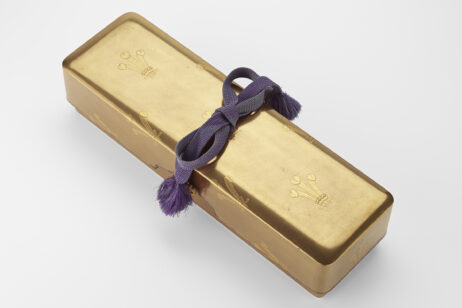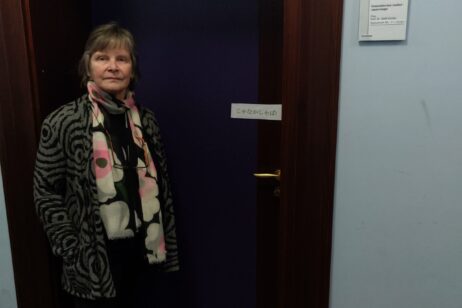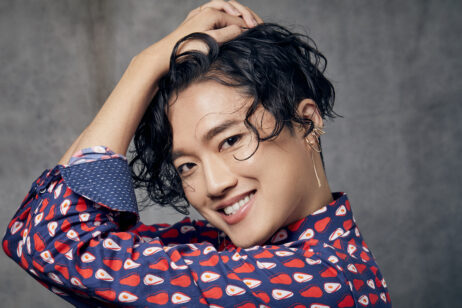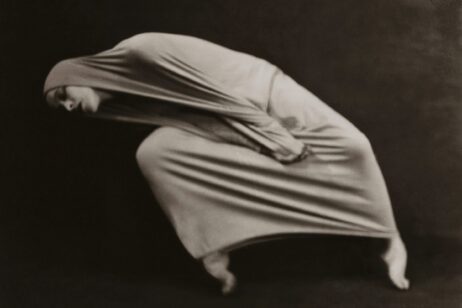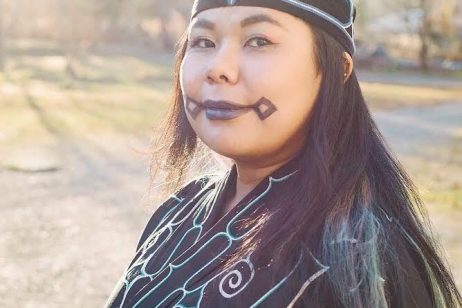1 November 2022
Symbols of Esteem: Courtly Gifts in the British Royal Collection
The royal and imperial families of Britain and Japan have enjoyed a dynamic relationship for over four centuries. Exchanging diplomatic gifts has been central to this interaction, and many of the works of art presented are replete with symbolism. From the 16-petalled imperial chrysanthemum, to cranes, phoenixes and the ‘three-friends-of-winter’ motif, emblems have been carefully selected to express political and personal friendship. This lecture will explore how courtly gift-giving drew on ancient symbols to forge new cultural links. It will examine the role of the Japanese landscape, East Asian mythology and European heraldry in giving visual form to courtly goodwill.
More info